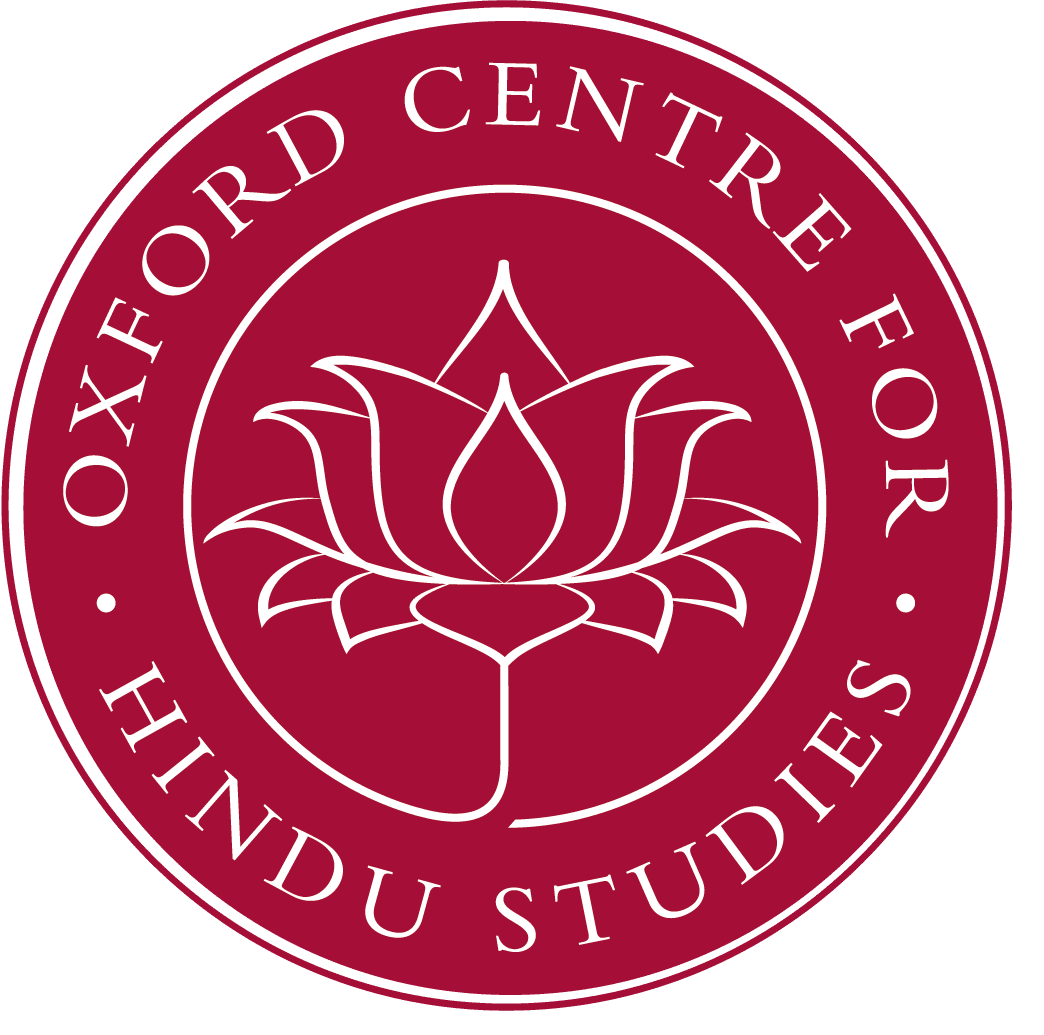This essay brings together decisive sacred archetypes of Bengali homemaking: sounds of the evening shankh (conch), the goddess Lakshmi, and the female snake-deity, Manasa; and argues that the sacred home, body, and world are tied through sonic metaphysics. It analyzes everyday home-ethics not simply through the European category of the ‘domestic’, but conceptually more elastic vernacular discourse of shongshar, which means both home and world. Thereby, it problematises notions of privacy and sanctified interiority of homes, women, and the nation, afforded by postcolonial theory. In understanding shongshar as a religious everyday dwelling, it analyzes (contrary) worship ontologies of Lakshmi, the life-goddess, Manasa, the death-goddess, and the twists of these imaginations engraved in the material contours of the shankh. Moving beyond the interiority-exteriority dialectic, I posit space as an aperture within the folded conch and vastu (home). The shankh, as a quintessential symbol of mongol (wellbeing), and its sonic turns, are analyzed as the material/spatial embodiment of shongshar’s daily texture, including both life and transcendence. Its spiral twirls are also critically linked to tantric ideas of the devotional body which is essentially constituted by and sensitive to various subtleties of naad (sound). Thus the materiality and audition of the conch, home, and breathing body are shown as cosmic counterparts, twisting through fertility and renunciation, interiority and expanse. Based on ritual texts, fieldwork among Lakshmi and Manasa worshippers, conch-collectors, craftsmen and specialists, and immersion in the everyday philosophy of sounds, I explore a new ethical anatomy of the religious home/body, reflected in the echoes of the conch.
Sukanya Sarbadhikary works at the interface of the anthropology of religion, religious studies, and philosophy. In her first work she did an intensive ethnography among different kinds of Bengal-Vaishnavas, focusing on diverse experiences of religious place and sensory affective discourses. Her book, The Place of Devotion: Siting and Experiencing Divinity in Bengal-Vaishnavism’ (University of California Press) was published in 2015. She is also passionately interested in the sociology and philosophy of aesthetics and music, and their relations with sacred embodiment. She is currently working on a range of devotional instruments and traditions of sonic metaphysics.
